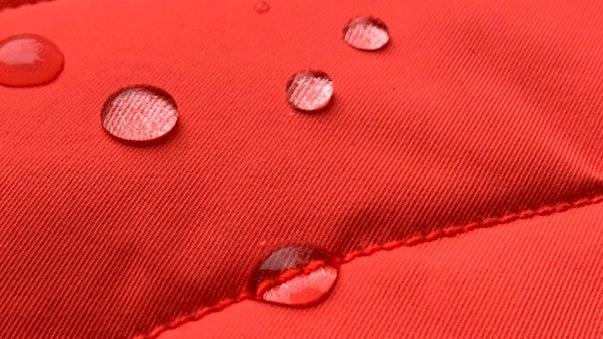26/09/2024
PFAS sub-group chemicals ban by European Commission
The European Commission is stepping up its efforts to shield consumers from toxic PFAS chemicals commonly found in textiles and other frequently used items.
Companies will now face restrictions on using undecafluorohexanoic acid (PFHxA) and related substances under new measures adopted through EU’s REACH legislation, which regulates chemicals to safeguard human health.
These chemicals, classified as PFAS sub-groups, are highly persistent and can readily migrate through water, posing a significant threat to both human health and the environment, as per the Commission’s assessment.
The decision to restrict PFHxA was made in response to concerns that its risks were inadequately controlled. Given the availability of cost-effective alternatives for manufacturers, the restriction will impact products such as rain jackets, food packaging, waterproofing sprays, cosmetics, and certain firefighting foams.
However, industries such as batteries, semiconductors and fuel cells for green hydrogen will be exempt from the ban.
The European Parliament and the Council have approved the restriction of PFHxA, a replacement for the previously banned PFOA, after a scientific review by the European Chemicals Agency (ECHA).
The new regulation will take effect 20 days after its publication in the Official Journal. Depending on the product type and available alternatives, transition periods will range from 18 months to 5 years.
“We are eliminating harmful substances from everyday products such as textiles, cosmetics, and food packaging. This restriction is a pivotal step in our strategy to enhance sustainability, competitiveness, and innovation in the chemicals sector,” said Maroš Šefčovič, Executive Vice President for the European Green Deal.
He stressed the benefits of substituting “forever chemicals”, including improvements in environmental health, resource preservation, and promoting innovation in cleaner alternatives, while allowing ample time for businesses to adapt.
The EU has steadily addressed PFAS contamination through its Chemicals Strategy for Sustainability, imposing limitations on the use of these “forever chemicals” in consumer goods.
The recent regulatory action against PFHxA is part of a broader effort, distinct from a potential universal PFAS ban currently under review by ECHA, following a 2023 proposal from five European governments.
The global efforts to combat PFAS contamination are gaining traction, with ongoing research shedding light on the extensive ecological and health hazards linked to these compounds.
A recent study in Environment International revealed that PFAS can permeate the skin and enter the bloodstream, associating these chemicals with health issues such as liver damage, cancer, and cardiovascular disease.
The rising concern has resonated in recent regulations. Earlier this year, the U.S Environmental Protection Agency (EPA) implemented its first restrictions on PFAS in drinking water, marking the first regulatory action on a new chemical since 1996.
Several U.S. states, namely California, Massachusetts, Maine, and Minnesota, have banned products containing PFAS, such as furniture, carpets, rugs and textiles. California plans to prohibit the use of these chemicals in handbags, footwear, apparel, upholstery, and other products by 2025.
A report by the Environment and Social Development Organization (ESDO), based in Bangladesh and the global coalition IPEN, underscored significant PFAS exposure risks in this country’s ready-made garment sector, emphasizing the pressing need for international action against this issue.
Share:












